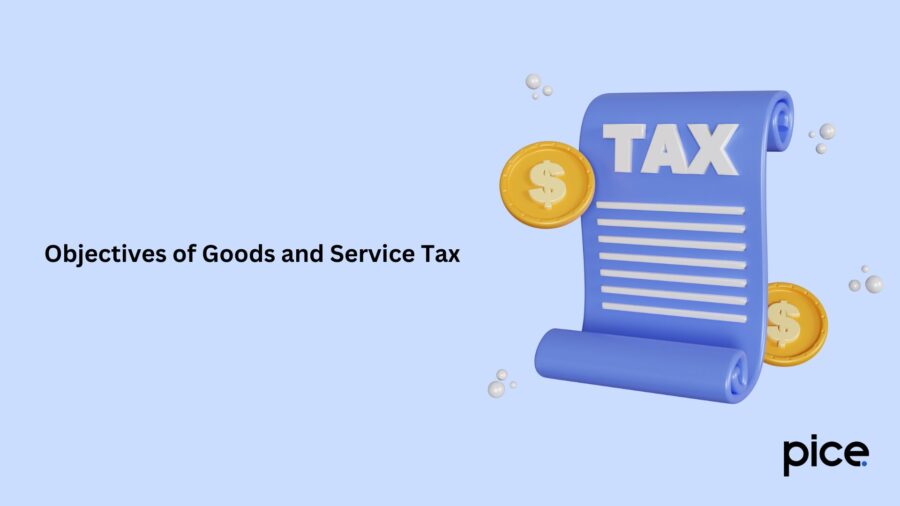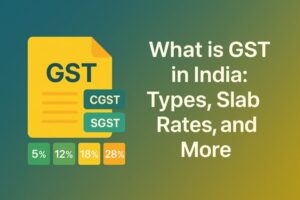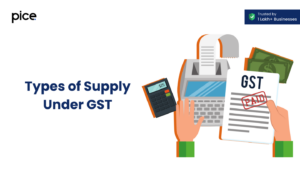Impact of GST on Notice Pay Recovery
- 28 Jan 25
- 7 mins

Impact of GST on Notice Pay Recovery
Key Takeaways
- GST on notice pay depends on the policy for tolerating conduct.
- Salaries are GST-exempt under the CGST Act.
- Notice pay may attract GST if it involves tolerance of an act.
- GST recovery is enforced via deductions or asset sales.
- Clear policies decide GST on notice pay.
In India, after the introduction of the Goods and Services Tax in 2017, the supply of goods and services is subject to GST. When it comes to employment transactions, the employee provides services while the employer offers a salary and non-monetary benefits (perquisites). As there is a supply on both sides, GST should apply accordingly.
Employees are generally required to serve the agreed notice period before resigning. However, many employment agreements include a clause stating that if an employee chooses to leave without completing the notice period, they must compensate the company for the unseen period. This compensation, known as notice pay recovery, is either collected directly from the employee or deducted from their final salary.
As a result, the impact of GST on notice pay recovery has been significant since 2017. This blog highlights whether GST applies to the notice pay recovery amount and whether businesses should collect it from employees.
Objectives of Goods and Service Tax

Here are the objectives of the Goods and Services Tax (GST):
● To reduce multiple documents requirement
● To make income tax return filing procedure easy for businesses
● To establish a unified and wide tax system in the country
● To reduce the compliance burden on businesses
● To promote economic growth
What Is Notice Pay Recovery?
A notice period in an employment contract is a mandatory period which an employee has to serve after resigning from his position at the organisation. The notice period clause usually mandates a minimum notice period between 1 month and 3 months.
However, if an employee leaves the job without serving the notice period, the employer reserves the right to recover compensation of a specific amount from the employee. This amount (notice pay recovery) is usually mentioned in the employment contract and is demanded by employers from employees if there is a breach of contract by the latter.
For instance, Mr X has a monthly salary of ₹30,000 and a notice period of 30 days, if he resigns. On submitting the resignation, Mr X serves only 15 days of notice instead of 30 days. Thus, his employer has the right to recover notice pay for the remaining 15 days which is ₹15,000 (half of ₹30,000).
GST on Employee Notice Pay Recovery
Transactions of goods and services between related parties without consideration, however, in the ordinary course of businesses are referred to as supplies under Schedule I of the CGST (Central Goods and Services Tax) Act.
Section 15 of the CGST Act defines employer and employee as related parties. However, under Section 7(2) of the CGST Act 2017 with Entry 1 of Schedule III, the services an employee provides to an employer during his employment term or in any connection with his employment are neither supply of services nor goods. Thus, employee compensation is a GST-exempt pay as an employee is not considered a service provider.
Applicability of GST on Notice Pay Recovery

Applicability of GST on notice pay recovery is subject to debatable opinion. A group of experts is of the opinion that notice pay recovery is exempt from GST. Schedule II of the CGST Act presents the activities referred to as the supply of goods and services.
The schedule highlights ‘agreeing the obligation to refrain from an act or to tolerate an act or a situation’ as one of the activities. Thus, it necessitates providing consent to refrain from doing something or tolerating someone’s behaviour.
The following are the different opinions:
● If an employee does not serve the notice period, it indicates tolerance of the employer's conduct, making notice pay recovery subject to GST.
● In case the notice pay policy does not specify the need to tolerate an employee's conduct as a provision of service, then recovery of notice pay is not subject to GST.
Modes of Recovery Under GST
A GST officer can recover the tax dues in any of the following modes:
● If the defaulter owes money to the GST department, the officer can deduct the due amount from this money.
● In case the GST officer has detained goods belonging to the defaulter, he/she can sell them to recover taxes.
● The tax officer might recover the tax dues from a third person who holds money on account of the defaulter.
● A tax officer can recover tax dues by executing a decree of a civil court for the sale of mortgaged items or payment of money.
● The GST officer can sell or detain movable or immovable property held by the defaulter.
● A proper officer can recover tax dues from the district collector by issuing a certificate mentioning the amount.
● GST officers can further approach an appropriate magistrate to collect tax dues, wherein the magistrate treats them as fines.
● A proper officer can recover the tax-due amount by enforcing an instrument or bond under the Act or based on regulations of the Act.
● If a proper officer of the state government or union territory government recovers tax dues, including CGST arrears, then the respective government is responsible for crediting a proportionate amount to the central government. However, if the tax due is more than the recovered amount, the collected amount will be proportionately distributed between the State or Union Territory Government and the Central Government.
Conclusion
GST on notice pay recovery does not apply if the notice pay policy excludes tolerating employee conduct. However, if this policy mentions tolerating such conduct, GST will apply on notice pay recovery amount. As a result, in such a case, an employee leaving a job without serving the notice period will have to pay GST on the recovery amount.
💡If you want to streamline your payment and make GST payments, consider using the PICE App. Explore the PICE App today and take your business to new heights.
 By
By 

















